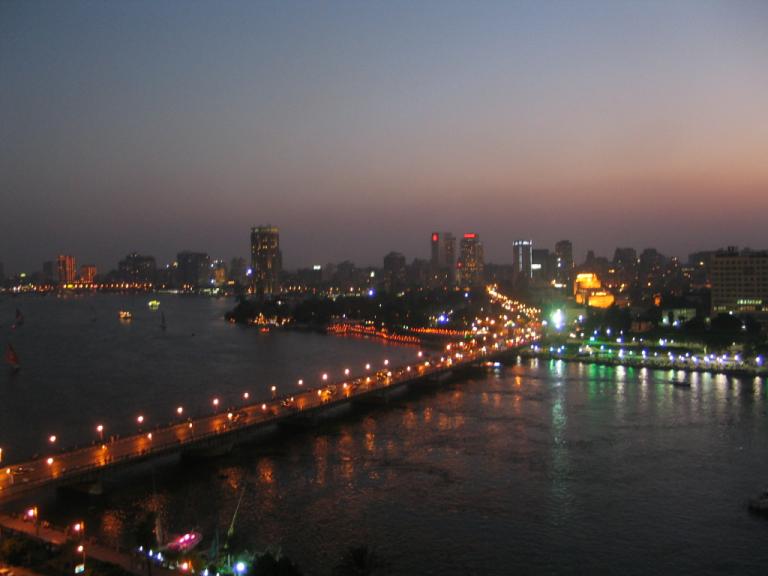
(Wikimedia Commons public domain photo)
I have tried, by means of this rather lengthy digression into word origins and word borrowings, to give some idea of the variety and richness of Islamic civilization at its peak. It was a remarkable human achievement. Yet, like other human creations, the great Abbasid Arab empire was fated to perish.
In AD 945, a clan of rather barbaric Shiite converts from the mountainous areas south of the Caspian Sea conquered all of the central Islamic lands, including the Abbasid capital city of Baghdad. They placed the caliph under virtual house arrest, but did not depose him. Why not? Why, when a group of Shiites actually came to power, did they not immediately get rid of the Sunni usurper and install their own leader as the ruler of the empire? There are several reasons. The first and most important is that, sometime late in the ninth century, the main line of Shiite imams had died out. At least, that is what skeptical Westerners think. Believing Shiites argue that the last imam left behind an infant child, who was immediately taken into hiding so that hostile government authorities could not kill him. They have waited for many centuries for the return of their “Hidden Imam,” as he is called. Today’s Shiite leaders of Iran view themselves merely as stand-ins for their absent master, trying to do what he would do were he here.
The other reason that this group of barbarians from the Caspian Sea, known as the Buyids, did not immediately install a Shiite theocracy is probably that they would have felt obliged to obey it. And, frankly, since they were in charge they had very little interest in obeying anyone. So they kept the powerless Sunni caliph captive, a symbol of their legitimacy in what amounted virtually to a large-scale game of Capture the Flag. Actual power belonged to the Buyid amir, or “commander.” In reality, though, the Abbasid caliphate was dead. The High Caliphal Period was over. What Marshall Hodgson termed the “Middle Periods” of Islamic history had begun, and, specifically, what some have called the “Shiite Century.”
In the early tenth century, another Shiite sect known as the Fatimids had set up a state in the area of modern Tunisia, in northern Africa. But they were not content with a comfortable state on the fringes of the Arab world. Their goal was to rule all Muslims. For a few years, it looked as if they might actually do it. In 969 A.D., they conquered Egypt and founded a city that they named al-Qahira, “Victorious,” and which English-speakers today know as Cairo. From there, they would menace other Islamic states for many years. As the Abbasid empire continued to fragment, other Shiites seized whatever they could get. The Hamdanids set up an independent state in the cities of Mosul and Aleppo in northern Syria. Even Yemen was ruled by Shiites.












